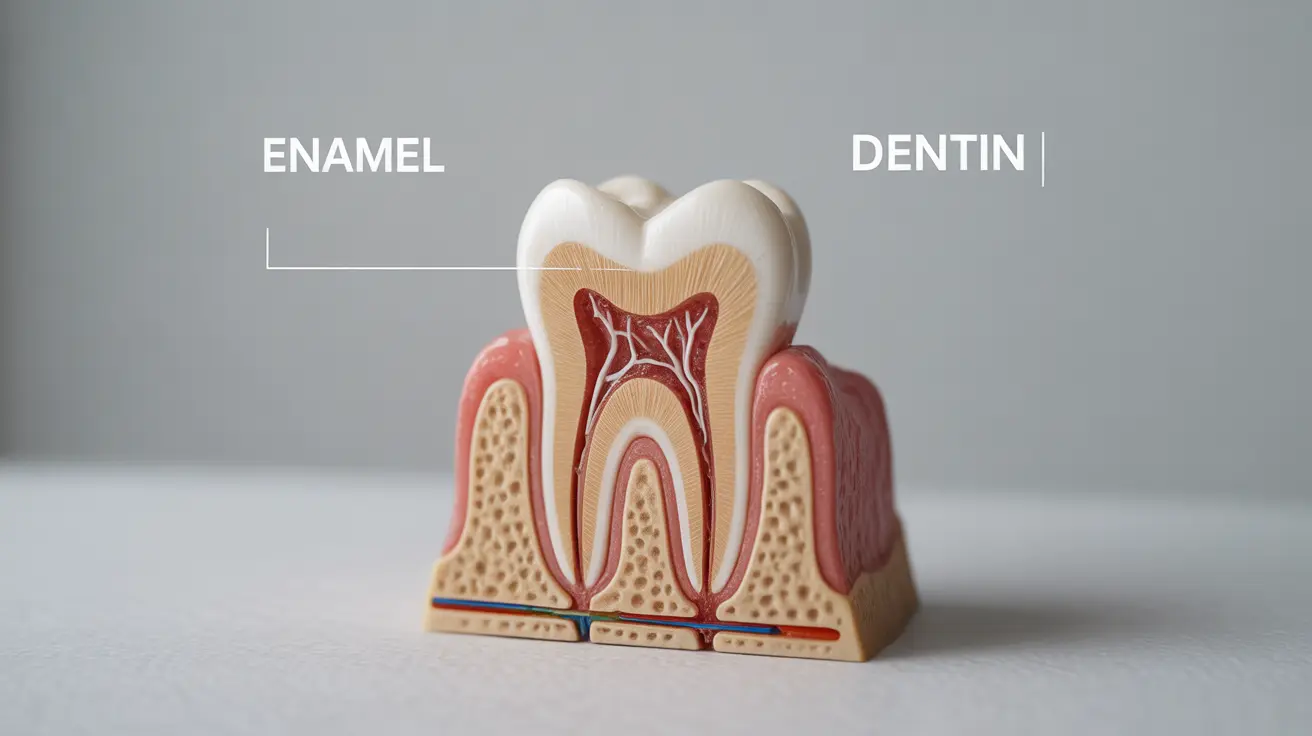Tooth enamel erosion is a significant dental concern that affects millions of Americans, gradually weakening the protective outer layer of our teeth. This condition occurs when acids wear away the tooth's enamel, the hardest substance in the human body, leading to sensitivity and increased vulnerability to decay. Understanding the causes, recognizing early warning signs, and knowing how to protect your teeth is crucial for maintaining long-term dental health.
What Is Tooth Enamel and Why Is It Important?
Tooth enamel serves as the protective shield for your teeth, defending against daily wear and tear, temperature changes, and chemical attacks. This translucent, mineralized substance covers the crown of each tooth, protecting the more sensitive layers beneath. Unlike other tissues in your body, enamel cannot regenerate once it's lost, making its preservation essential for dental health.
Early Warning Signs of Enamel Erosion
Recognizing the early symptoms of enamel erosion can help you take action before significant damage occurs. Common indicators include:
- Increased tooth sensitivity to hot, cold, or sweet substances
- Teeth appearing yellower or more transparent
- Rough or irregular edges on the teeth
- Small dents or cups on tooth surfaces
- Smooth, shiny surfaces on teeth where enamel has worn away
Common Causes of Enamel Erosion
Dietary Factors
What we consume plays a crucial role in enamel erosion. Primary dietary contributors include:
- Acidic beverages like sodas, sports drinks, and citrus juices
- Frequent consumption of citrus fruits
- High-sugar foods that feed acid-producing bacteria
- Dry mouth or low saliva production
Medical and Lifestyle Factors
Various health conditions and habits can accelerate enamel erosion:
- Acid reflux disease (GERD)
- Eating disorders involving frequent vomiting
- Certain medications that reduce saliva production
- Aggressive tooth brushing
- Grinding teeth (bruxism)
Treatment Options for Damaged Enamel
While enamel cannot naturally regenerate, several professional treatments can help protect and restore damaged teeth:
- Bonding for severe cases of erosion
- Dental crowns for extensively damaged teeth
- Fluoride treatments to strengthen remaining enamel
- Specialized toothpaste for sensitivity
- Sealants to prevent further erosion
Prevention Strategies
Protecting your enamel through preventive measures is crucial:
- Use a soft-bristled toothbrush and proper brushing technique
- Wait at least 30 minutes after consuming acidic foods before brushing
- Drink water frequently, especially after acidic foods or beverages
- Use a straw when drinking acidic beverages
- Consider using fluoride-containing dental products
- Regular dental check-ups for early detection and treatment
Frequently Asked Questions
What causes tooth enamel erosion and how can I identify its early symptoms? Enamel erosion is primarily caused by acid exposure from dietary sources, medical conditions, or lifestyle factors. Early symptoms include increased sensitivity, yellowing teeth, and smooth, shiny spots on tooth surfaces.
How is enamel erosion different from tooth decay, and why can't enamel grow back once lost? Enamel erosion involves the general wearing away of tooth enamel by acids, while tooth decay is caused by bacteria creating specific cavities. Enamel cannot regenerate because it's produced by specialized cells that are lost once teeth are fully formed.
What treatments are available to manage and repair damaged tooth enamel? Treatment options include bonding, crowns, fluoride treatments, and specialized sensitivity toothpaste. The appropriate treatment depends on the severity of erosion and individual circumstances.
What lifestyle and dietary changes can help prevent enamel erosion? Key preventive measures include limiting acidic foods and beverages, proper oral hygiene, using fluoride products, and maintaining good hydration. Regular dental check-ups are also essential.
How does acid reflux or medical conditions contribute to enamel erosion, and how can it be managed? Acid reflux exposes teeth to stomach acid, while certain medical conditions can reduce protective saliva production. Management involves treating the underlying condition, using appropriate dental products, and following preventive measures recommended by healthcare providers.




